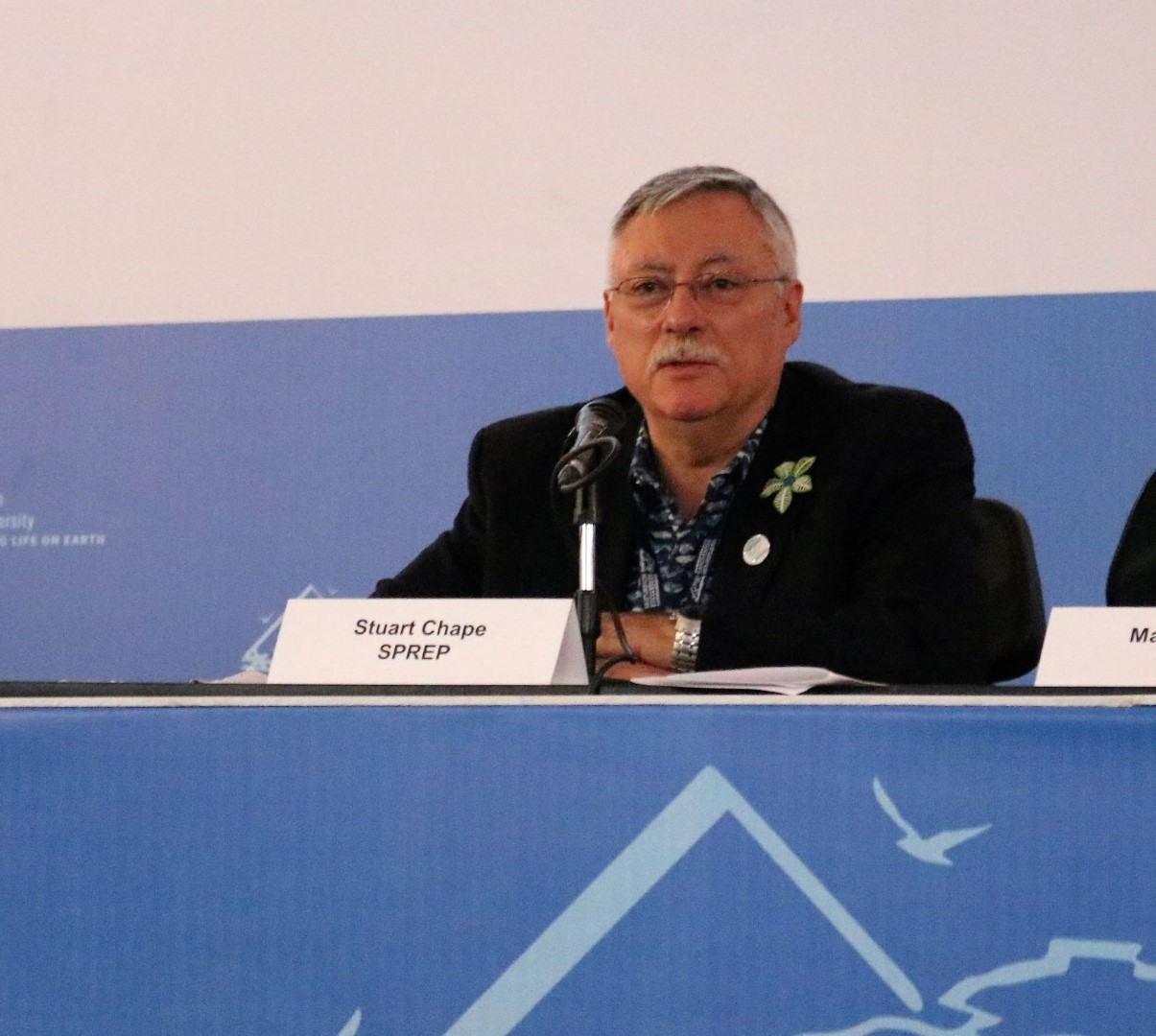
Aichi Biodiversity Target 11: By 2020, at least 17 per cent of terrestrial and inland water areas and 10 per cent of coastal and marine areas, especially areas of particular importance for biodiversity and ecosystem services, are conserved through effectively and equitably managed, ecologically representative and well-connected systems of protected areas and other effective area-based conservation measures, and integrated into the wider landscape and seascape.
The spotlight was on the Pacific islands at the Protected Areas day during the 14th Conference of the Parties to the UN Convention on Biological Diversity (CBD COP14) in Sharm El Sheikh. CBD COP14 was from 17 – 29 November, 2018. Having committed to Aichi Biodiversity Target 11 of protecting 17 percent of terrestrial and 10 percent of marine areas, the Pacific islands have been working towards achieving this goal.
However, while progress has been made, even greater strides must be taken if the region is to achieve its goal by 2020. To date, only approximately 5% of terrestrial and inland water areas are a protected area with one in three Pacific island countries having achieved the terrestrial target. Although regionally SPREP Pacific islands country Members have achieved the marine target by protecting more than 20% of coastal and marine areas, individually less than 1 in 3 countries has achieved this.
“Also, achieving the quantitative elements of the protected areas target is only the start, as these areas also need to be effectively managed, achieve biodiversity conservation, cover representative habitat types, and be governed fairly and equitably” said Ms Amanda Wheatley, the Acting Biodiversity Adviser of the Secretariat of the Pacific Regional Environment Programme (SPREP).
Known as Large Ocean States, the Pacific islands region has a collective Exclusive Economic Zone of 30,000,000 km2 in which a population of approximately 10 million people live. It has a combined land area of only 553,000 km2 within this vast ocean area, of which 90% of the land is customary.
SPREP is the regional coordination hub for Protected Areas working with the Secretariat of the CBD with some funding support from the German Government Federal Ministry for the Environment, Nature Conservation and Nuclear Safety, to empower Pacific islands to achieve the Aichi Biodiversity Target 11. Underpinning this role is the Pacific Islands Roundtable for Nature Conservation (PIRT) for which SPREP is the Secretariat. The PIRT was formed 21 years ago, bringing together all conservation stakeholders that work to increase effective conservation action in the Pacific islands region.

PIRT member activities are guided by the regional Framework for Nature Conservation and Protected Areas which forms a link between global goals and regional and national priorities. Every five to seven years the Roundtable convenes the Pacific Islands Nature Conservation and Protected Areas Conference, with stakeholders that include community members, students, political leaders, government and non-government organisations, regional agencies and global partners. A major outcome of the conference is to review and update the Regional Framework for Nature Conservation and Protected Areas. New Caledonia is the host of the next conference in April 2020.
“One of the ways we are working collectively to help reach Aichi Biodiversity Target 11 is through the Pacific Islands Protected Areas Portal which was launched in 2016. Systematic collection and updating of data is essential to assist in obtaining a true reflection of how countries and territories are tracking against this target and whether or not conservation areas are effectively managed,” said Ms Wheatley.
“It is the one–stop-shop for Pacific island data, resources and information with a mailing list forming a network of over 400 contacts across Pacific communities, governments as well as national and regional agencies. It is the place to go to for sharing information and opportunities as well as assisting networking and providing technical expertise.”
What is clear is that more action is required to achieve Aichi Biodiversity Target 11 in the Pacific, particularly with regard to terrestrial areas.
“There is much happening across the region with many partners involved, but we need to ensure we move forward in a coordinated and effective way to provide effective assistance to countries and communities”, said Ms. Wheatley.
“We have the structures in place to help support Pacific islands in their journey to implement all elements of their marine and terrestrial protected area goals and priorities. We also have some great initiatives happening that will achieve focussed activities and help bring elements of the target closer”.
The Aichi Biodiversity Targets 11 Protected Areas Day was held on 22 November, 2018 during the CBD COP14 in Sharm El Sheikh, Egypt.
The Pacific islands are represented at CBD COP14 with the Cook Islands, Federated States of Micronesia, Fiji, Kiribati, Palau, Papua New Guinea, Republic of Marshall Islands, Samoa, Solomon Islands, Tonga, Tuvalu and Vanuatu.
For further information on the event: http://enb.iisd.org/biodiv/cop14/riopavilion/